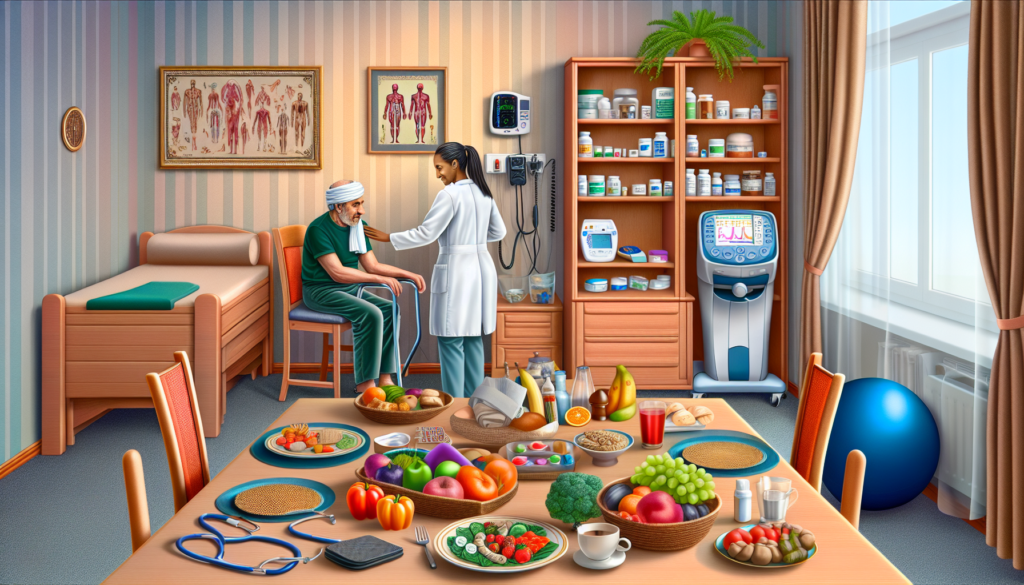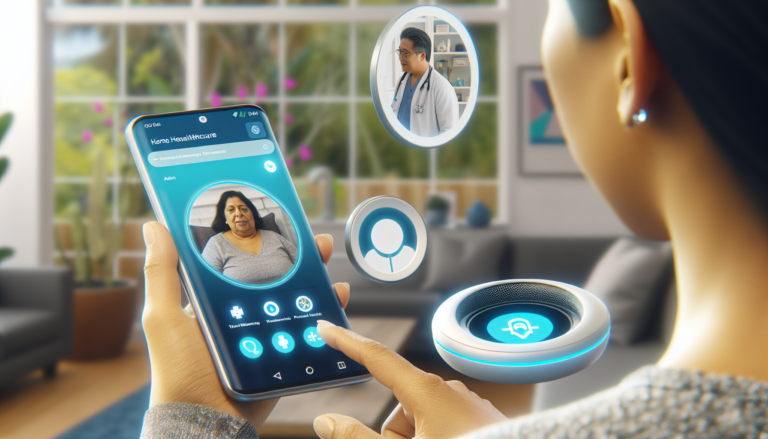Understanding and Coping with Chronic Pain in Home Health Care
Chronic pain is a widespread issue impacting millions of people worldwide. For those receiving home health care, dealing with persistent pain can be particularly challenging. Let’s explore some practical strategies to manage chronic pain and significantly enhance the quality of life at home.
The Reality of Chronic Pain in Home Health Care
Chronic pain, defined as pain lasting for more than three months, is more than just a physical sensation. It can affect an individual’s emotional well-being, quality of life, and the ability to perform everyday activities. While it’s common among the elderly, chronic pain is not a normal part of aging—it can affect individuals across all age groups. In the context of home health care, effective pain management is fundamental to ensuring the most comfortable living conditions for patients.
Understanding the Impact
It’s important to consider that chronic pain affects more than just physical health. It can lead to anxiety, depression, sleep disorders, and decreased mobility, significantly impacting a patient’s overall well-being and ability to care for themselves. Understanding its widespread impact can support effective management strategies that address both the physical pain and its emotional and psychological effects.
Pain Management Strategies
Managing chronic pain in a home health care setting encompasses a range of approaches. A combined strategy involving physical therapies, medication, psychological treatments, and lifestyle modifications can often yield the best results. Here are a few strategies that can be applied:
- Physical Therapy: Strategies such as stretching, strength exercises, and low-impact aerobics can help manage pain. Working with a physical therapist can help tailor a routine that suits a patient’s unique needs and abilities.
- Self-Management: This includes learning techniques to manage pain and improve functionality, such as practicing good sleep hygiene and incorporating relaxation techniques into daily routines.
- Medical Interventions: Pain can also be managed with medications prescribed by a healthcare provider, ranging from over-the-counter pain relievers to more potent prescription drugs. Always ensure medications are taken as directed to minimize potential side effects and risks.
- Lifestyle Modifications: Maintaining a balanced diet, getting regular exercise, and staying hydrated can have a profound effect on pain levels. Similarly, avoidance of exacerbating factors such as alcohol and tobacco can significantly aid pain management.
Embracing Tech for Pain Management
Technology also plays an important role in managing chronic pain. Digital health apps, wearable devices, and telemedicine platforms offer an array of tools and resources for tracking symptoms, managing medication schedules, and maintaining regular communication with healthcare providers. Embracing these tools can make pain management more manageable and efficient in a home health care setting.
Seeking Professional Help
Lastly, it’s crucial not to overlook the importance of seeking professional help when necessary. Chronic pain can be complex and confusing, and each patient’s journey is unique. Collaborating with healthcare providers to develop a comprehensive and personalized pain management plan is essential in managing chronic pain effectively.
Conclusion
Chronic pain can be a significant obstacle to maintaining quality of life in home health care settings. However, with the right strategies and supports, it’s possible to manage chronic pain effectively. By understanding the impact of chronic pain, implementing multifaceted management strategies, leveraging technology, and seeking professional help, patients can enhance their overall well-being and embrace a more comfortable life at home.



